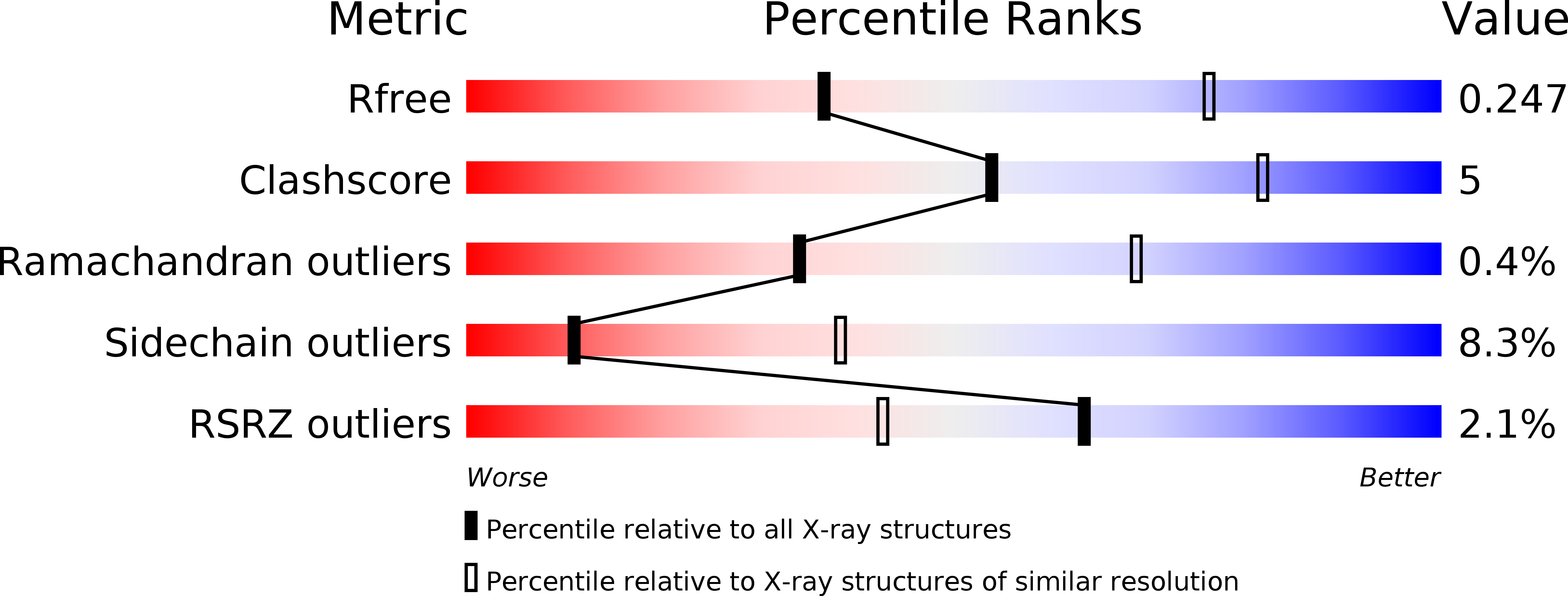
Deposition Date
2006-01-04
Release Date
2006-11-21
Last Version Date
2024-02-14
Entry Detail
Biological Source:
Source Organism:
Borrelia burgdorferi (Taxon ID: 139)
Host Organism:
Method Details:
Experimental Method:
Resolution:
3.10 Å
R-Value Free:
0.28
R-Value Work:
0.24
R-Value Observed:
0.24
Space Group:
P 1 21 1


